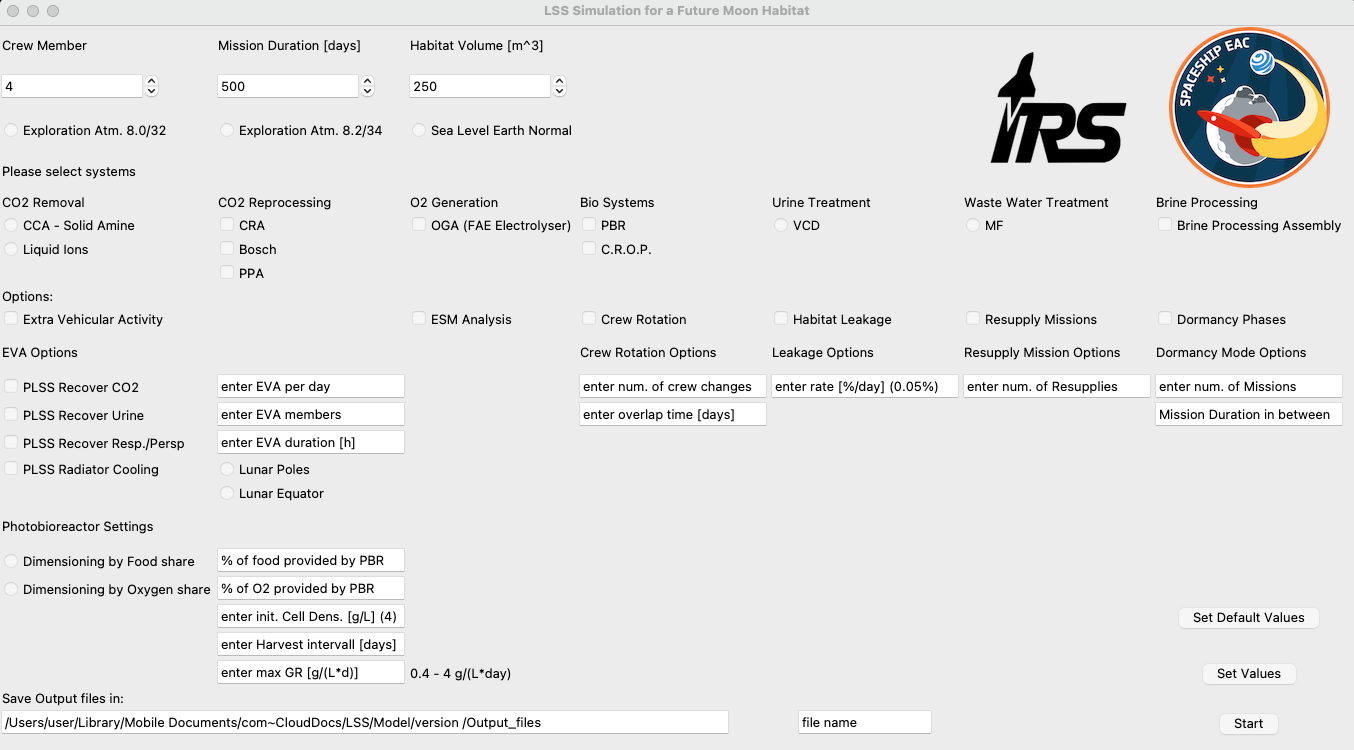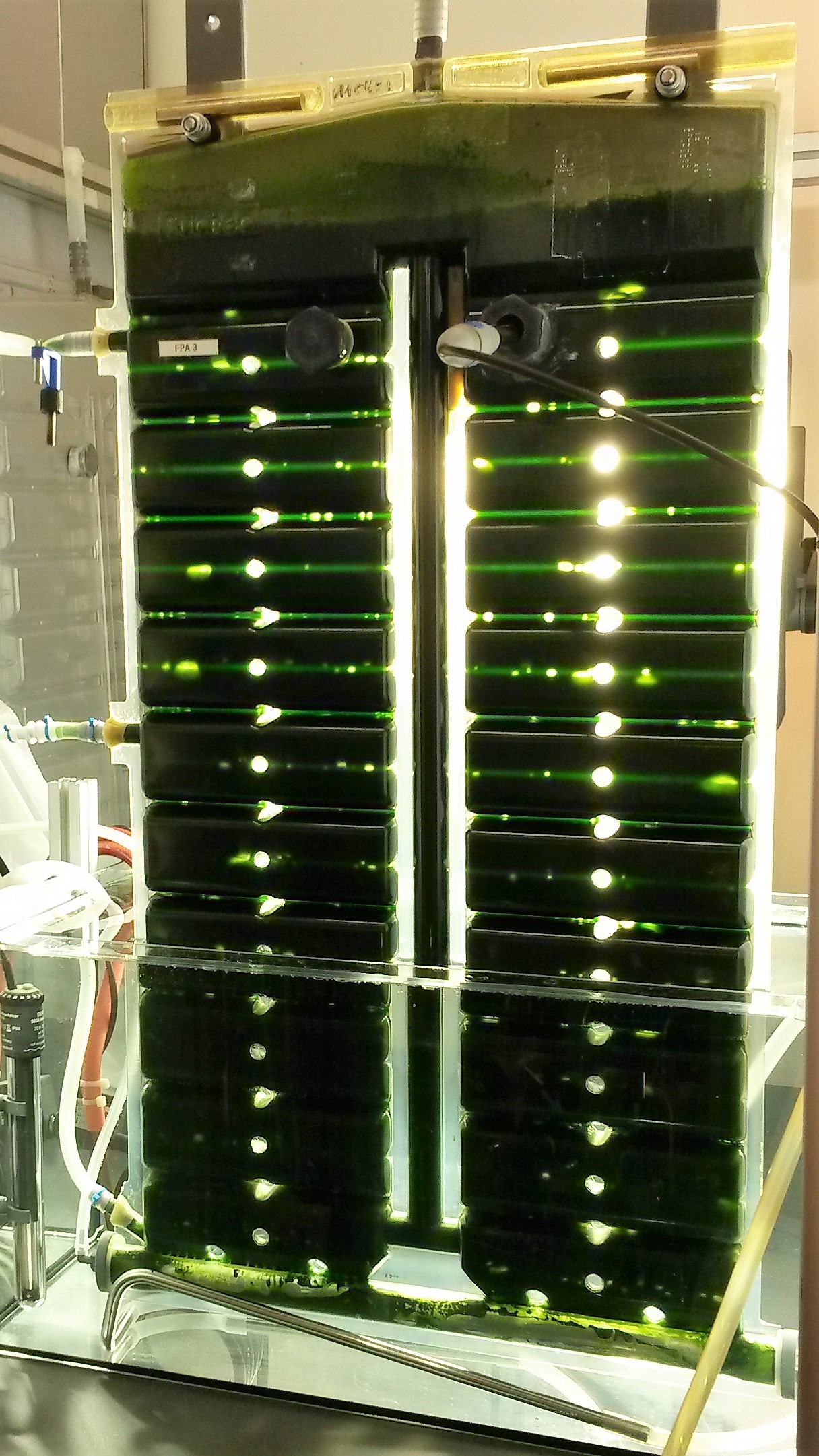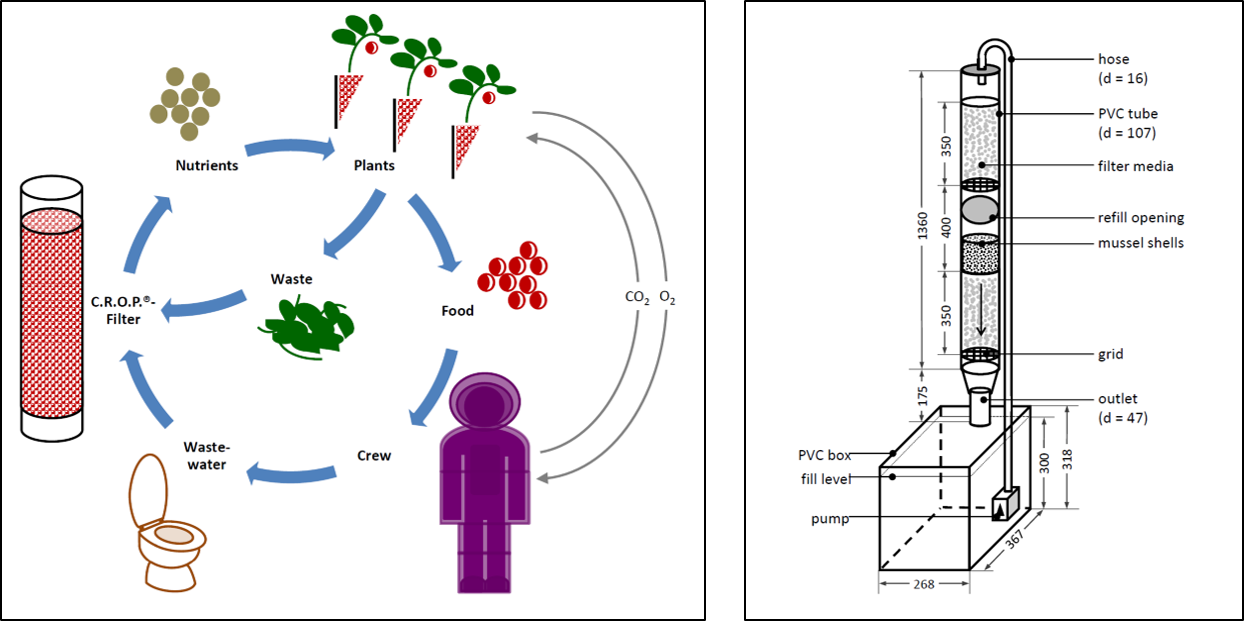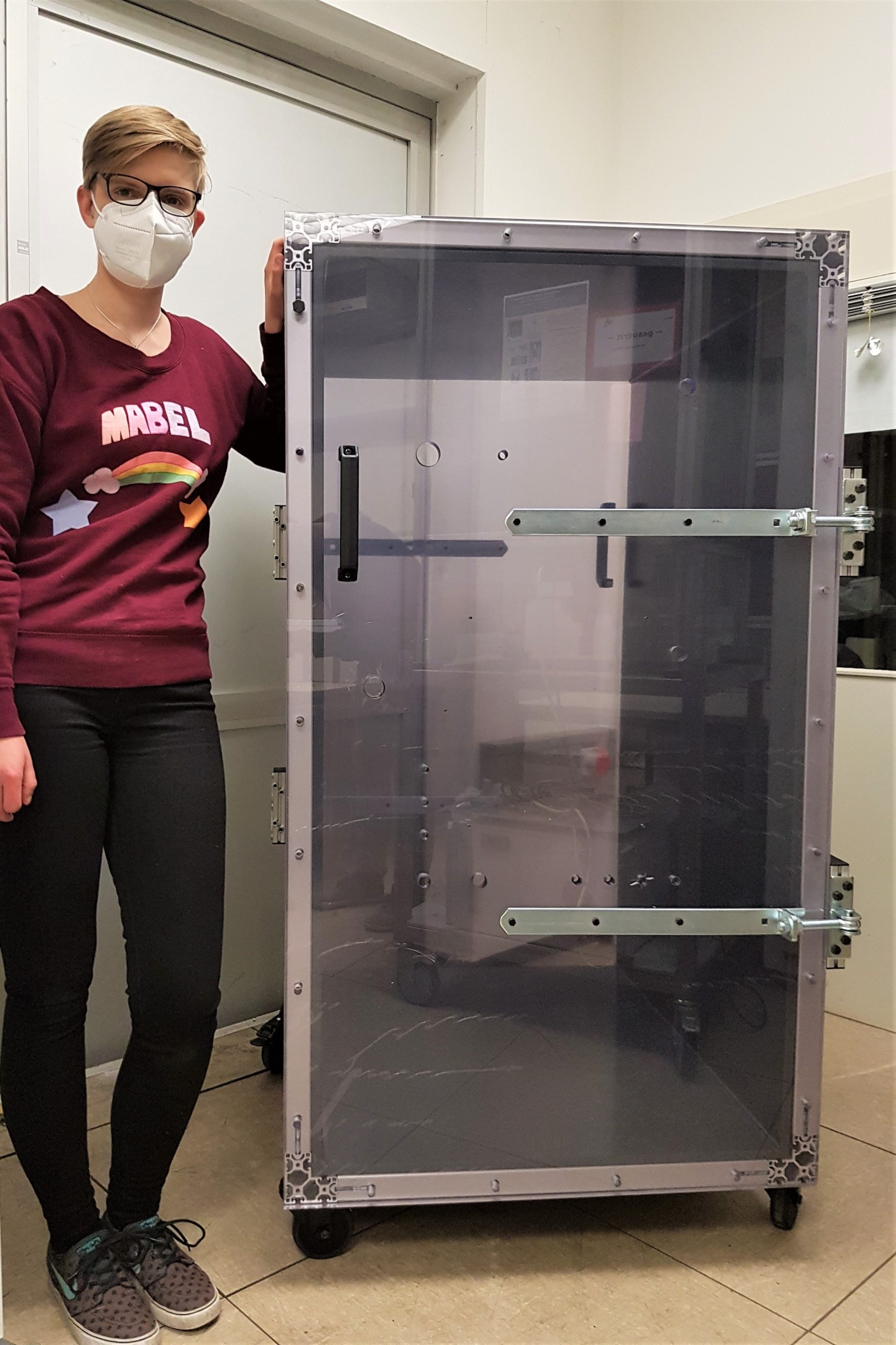Beyond the International Space Station, ensuring access to vital supplies is not quite as simple as sending a vehicle from Earth and every kg counts when preparing a spacecraft for launch.
One of the most important resources to survive in space, and the most dominant in terms of resupply, is water. That’s why German Spaceship EAC interns Ilse Holbeck and Moritz Vogel are putting their focus on recovering and reprocessing water in space.
“Obviously, astronauts need water for drinking, hygiene and also for food preparation,” Moritz explains. “But water is also needed to provide oxygen in the atmosphere that the astronauts need to breathe.”
With backgrounds in aerospace engineering, Moritz and Ilse both work on Life Support Systems (LSS) that aim at reducing water resupply and closing the overall system cycles, leading to more independent and sustainable living in space.
Step one: collecting data for water
Before any water recycling, waste or atmosphere control system and related hardware can be built, it is necessary to analyse the resource requirements and handling. This is where Moritz’s project comes in. He is developing a simulation tool for Life Support Systems which can be used to predict for example resupply, system dimensions and evaluate novel technologies and biological systems for different scenarios in future long-term space missions.

User Interface to define mission scenarios for a lunar surface habitat. ESA-M. Vogel
“In the simulation I consider all the different systems to predict and analyse the mass flow, the system and tank dimensions, the water balance and the required resupply for different system configurations and mission scenarios for a potential Moon habitat,” he explains.
While considering all related technologies in the simulation, Moritz’s focus is on improving the Photobioreactor (PBR) model which cultivates microalgae in a bioreactor to perform photosynthesis to remove CO2 and produce oxygen and food.

Photobioreactor (Flat Panel Airlift Reactor). University of Stuttgart/Institute of Space Systems
“I am currently also preparing an experiment to gain data about gas exchange in order to improve the underlying equations of the model,” Moritz explains.
“Looking forward, even more subsystem simulations, such as for ISRU, and interfaces between the different simulation tools can be added to contribute to sustainable long-term missions to the Moon, Mars and beyond in the upcoming decades,” he adds.
Step two: balancing the gas and water bill
Ilse’s project, a collaborative work of Spaceship EAC and the DLR Institute of Aerospace Medicine, puts its focus on developing a closed, modular gas characterisation environment for the C.R.O.P.®-filter as central part of a biological Life Support System.
The DLR C.R.O.P.® project aims at combining the degradation of organic waste with a hydroponic vegetable cultivation system, which doesn’t use soil as a growth substrate. Instead, the plant’s roots are anchored in an artificial substrate or are hanging directly into a nutrient solution.
The core of the C.R.O.P.® -system is a bio filter, in which lava stones host a variety of microorganisms. This microbial community is able to degrade biological waste products like urea or food leftovers into a nutrient solution applicable as fertiliser in soilless vegetable production. As all degradation processes take place in an aqueous environment, the filter can be referred to as a liquid composting heap.

Schematic overview of the C.R.O.P.®-cycle (left) and C.R.O.P.®-filter tube (right). DLR-G. Bornemann
Besides the turnover of nutrients, Ilse is also researching the gas exchange dynamics of the C.R.O.P.®-filter, such as CO2 production and possible emissions of harmful trace gases. “The aim is to collect data for further simulations that hopefully help to produce safe food and prevent contamination of ambient air and water in a future Moon or Martian base”, she explains.
To do this, Ilse developed a gas-proof closed facility for the filter that provides an atmospheric control system and allows to produce or adjust the desired atmospheric gas composition.

Gas-proof closed facility to research gas exchange dynamics. ESA/DLR
In hydroponic systems like C.R.O.P.®, the water is constantly recycled allowing for the reduction of water consumption in plant cultivation. This makes the system also valuable for closed-loop urban farming systems on Earth.
Closing the loops
Just like the water recycling loops Ilse and Moritz are working on, their projects and findings also form the perfect exploratory loop.
Using Moritz’s model simulations to evaluate future Life Support Systems, Ilse’s adaptation of the C.R.O.P.®-filter system demonstrates how it could be used to cultivate plants, which in turn provides Moritz with further data for model simulations.
The LSS Ilse and Moritz are working on, and especially the water management solutions, enable low water and nutrient consumption in combination with water and nutrient recycling, as well as the creation of a suitable atmosphere for survival in space and reduce the need for resupply from Earth.
Both are excited about the future development and application of these technologies and appreciate the approach of international and cross-team collaboration at ESA and the partner institutes.
“My time at Spaceship EAC is super exciting. Meeting people from all over Europe and becoming familiar with the research topics they are passionate about is an experience I will never forget,” says Ilse. “One of the greatest things about working here is also the fantastic working atmosphere with a lot of trust from the advisors,” Moritz adds.
“And despite the fact that we can only work remotely due to COVID-19 regulations, it is an outstanding experience to work together on the challenges regarding future space exploration, or just exchange ideas and do some social calls from time to time!” they say.

Spaceship EAC interns Ilse and Moritz working remotely. ESA
Learn more about the Spaceship EAC programme here
Meet more students and Spaceship EAC interns here



